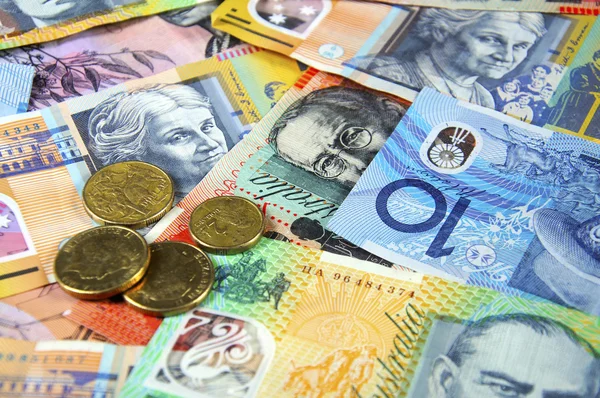Australian dollar is recovering from recent losses as a result of the RBA’s aggressive stance.
Australian Dollar (AUD) rose for the second consecutive session on Monday, aided by hawkish remarks by Reserve Bank of Australia (RBA) Governor Michele Bullock last Thursday. Bullock stressed that existing interest rates are adequately restrictive and will remain so until the central bank is confident in its inflation forecast.
Australia’s 10-year government bond rate fell to around 4.66%, reversing a one-year peak.
Australia’s 10-year government bond rate fell slightly to roughly 4.66%, down from a one-year high. Recent figures revealed a slowing in employment growth in October The unemployment rate remained stable, demonstrating the labor market’s resiliency. The market’s attention now switches to the release of the current RBA meeting minutes on Tuesday, which could provide additional insights into the central bank’s policy stance.
The US dollar may rise in response to hawkish comments from Fed officials.
The AUDUSD pair’s upward potential may be limited as the US Dollar (USD) continues to climb, boosted by recent hawkish words from Federal Reserve (Fed) officials and stronger-than-expected US economic data.
Fed Chair Jerome Powell dismissed the possibility of quick rate decreases, citing the economy’s resiliency, strong labor market, and ongoing inflationary pressures. Powell said: “The economy is not sending any signals that we need to be in a hurry to lower rates.”
Daily Market Movers:Australian dollar extends gains as the RBA maintains a hawkish attitude about policy outlook.
Austan Goolsbee, President of the Federal Reserve Bank of Chicago, said on Friday that markets frequently overreact to increases in interest rates. Goolsbee stressed the need of the Fed taking a cautious, methodical approach to reaching the neutral rate.
Susan Collins, President of the Boston Fed, dampened expectations for further rate cuts in the near term while retaining market confidence in a possible December rate cut. Collin said: “I don’t see a big urgency to lower rates, but I want to preserve a healthy economy.”
The US Census Bureau reported on Friday that retail sales climbed by 0.4% month on month in October, beating the market consensus of 0.3%. Furthermore, the NY Empire State Manufacturing Index for November showed an unexpected jump, coming in at 31.2 compared to the The predicted 0.7 drop indicates healthy manufacturing activity.
China’s retail sales increased 4.8% year on year in October, exceeding the predicted 3.8% and the 3.2% growth witnessed in September. Meanwhile, industrial production increased by 5.3% year on year, falling short of the predicted 5.6% and the 5.4% growth seen in the prior period.
During its news conference, China’s National Bureau of Statistics (NBS) discussed its economic prognosis, pointing to an improvement in consumer expectations in October. The bureau intends to intensify policy modifications and promote domestic demand, pointing out that recent initiatives have had a favorable influence on the economy.
US Producer Price Index (PPI) increased 2.4% year on year in October.
The US Producer Price Index (PPI) increased 2.4% year on year in October, up from a revised 1.9% increase in September (originally 1.8%) and exceeding market estimates of 2.3%. Meanwhile, the Core PPI is excluding food and energy, up 3.1% YoY, slightly more than the expected 3.0%.
Australia’s seasonally adjusted unemployment rate remained at 4.1% in October, matching market expectations. However, employment change data revealed that just 15.9K new positions were created in October, falling short of the expected 25.0K.
Consumer inflation expectations in Australia fell to 3.8% in November, down from 4.0% the previous month, and reached their lowest level since October 2021.








